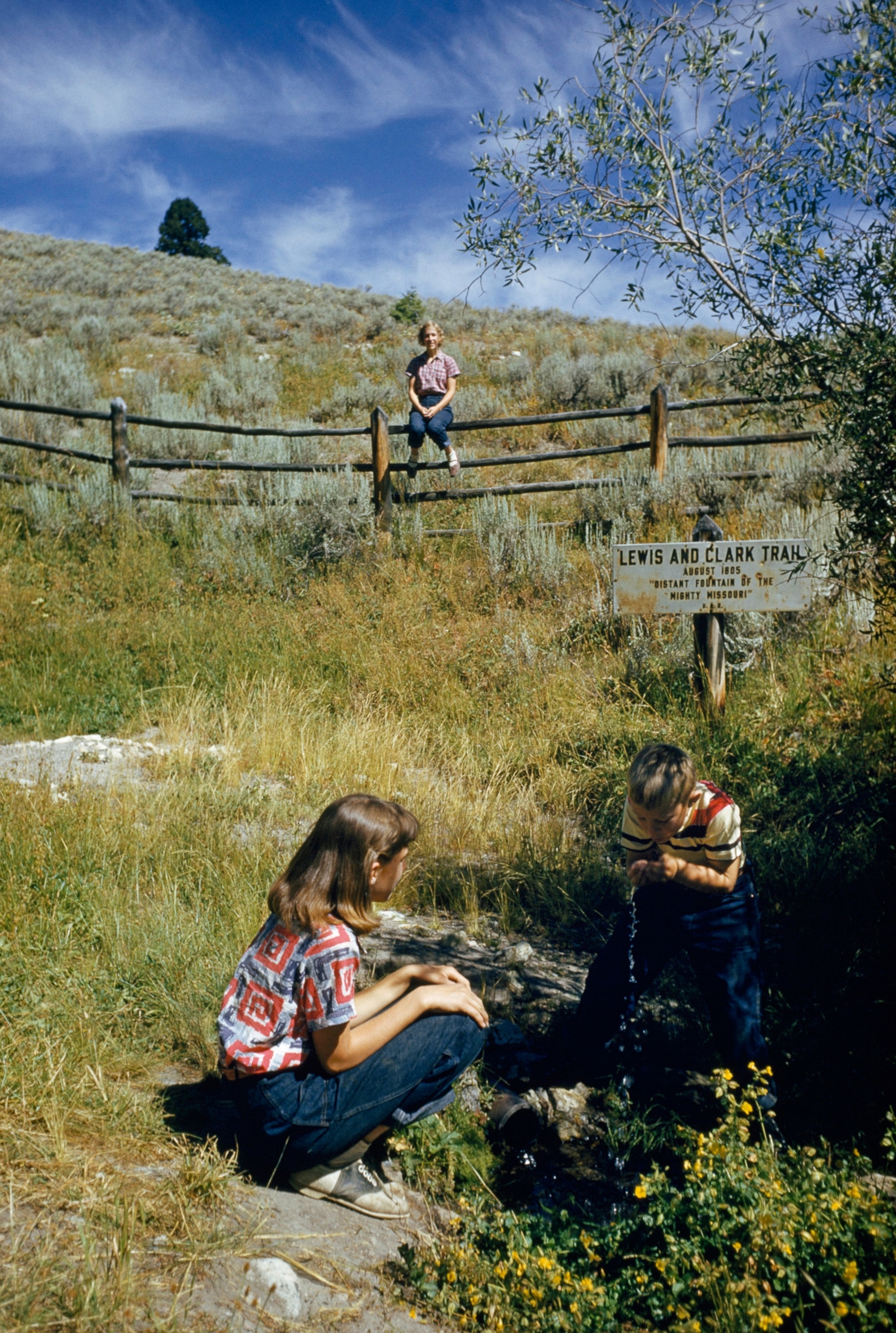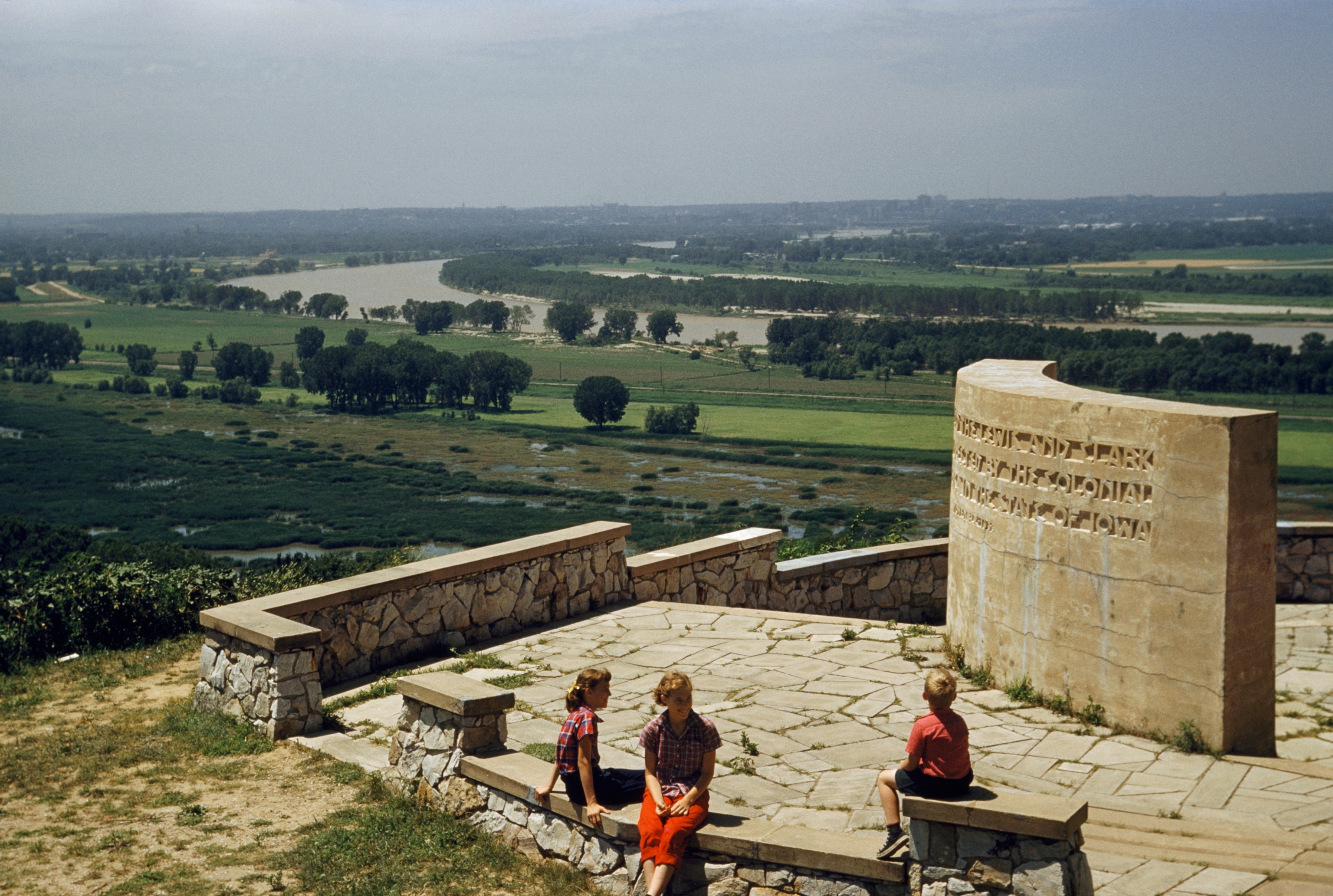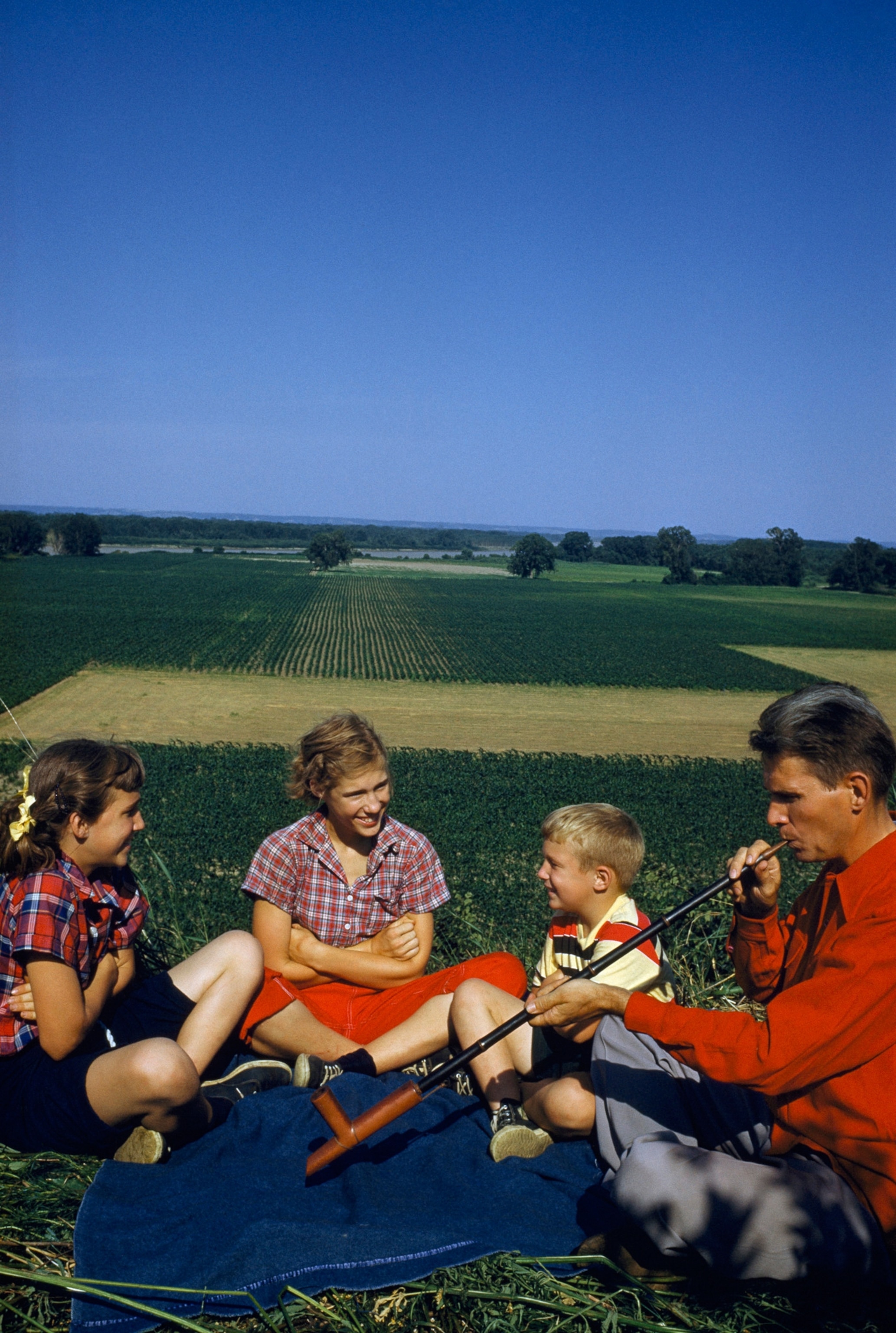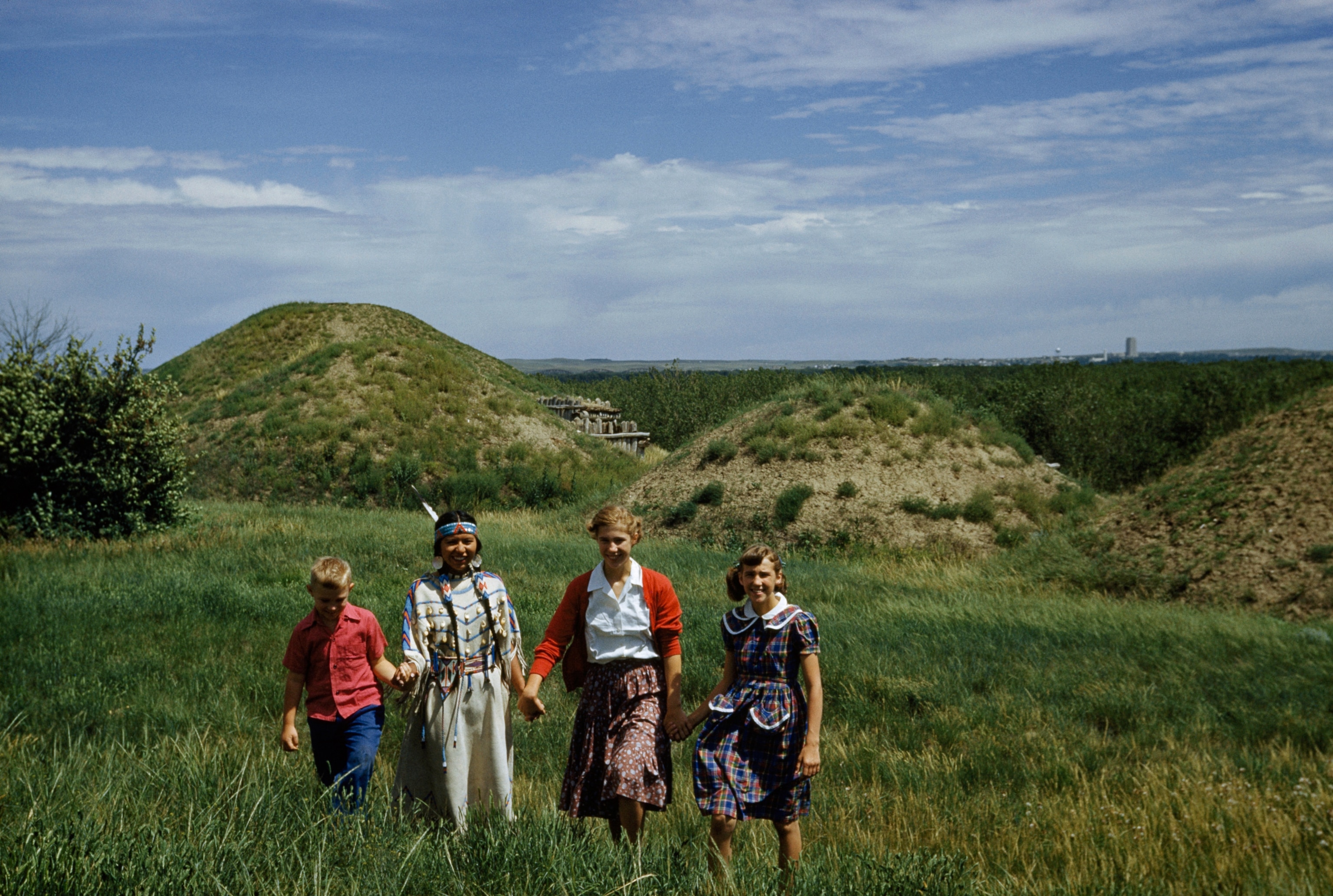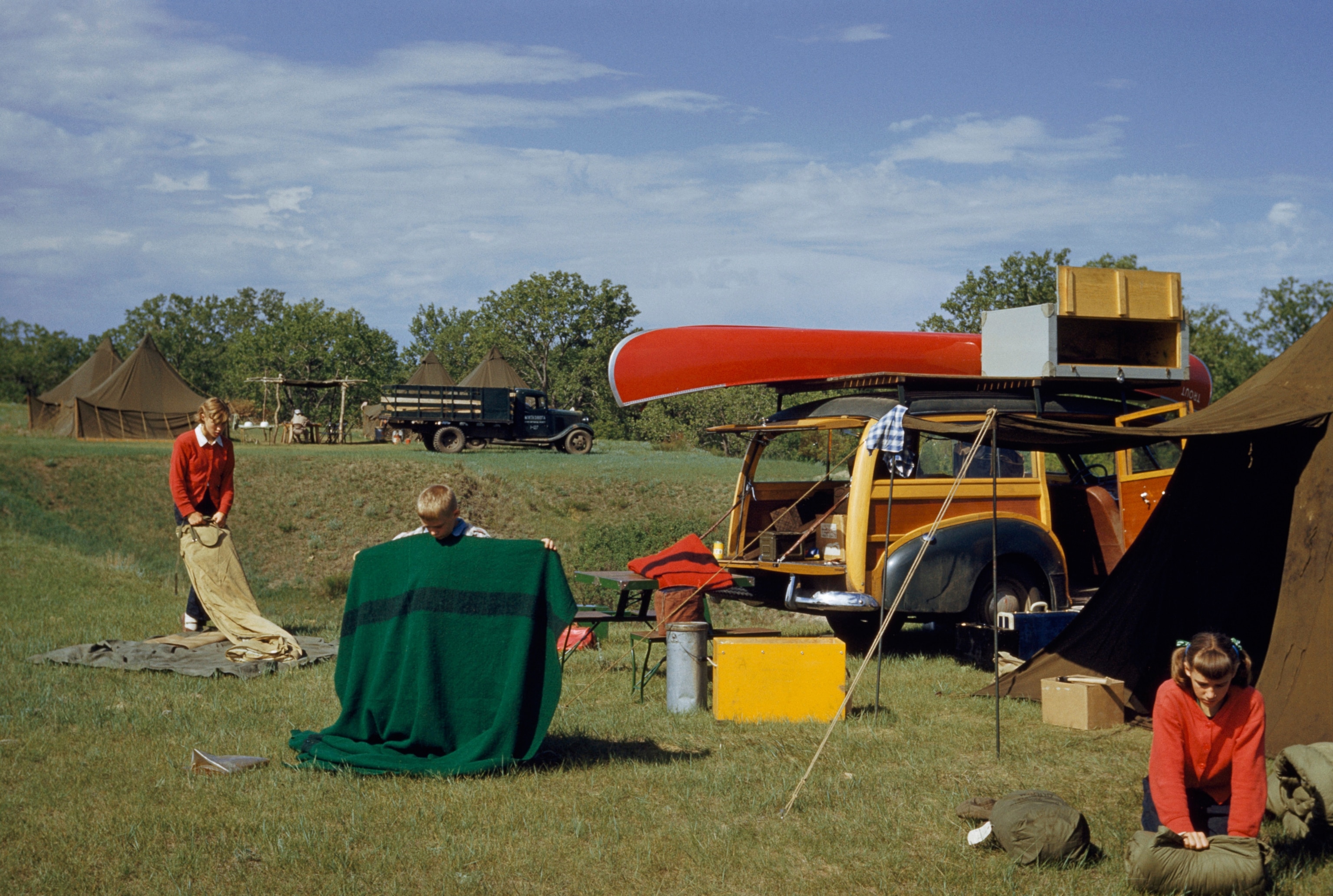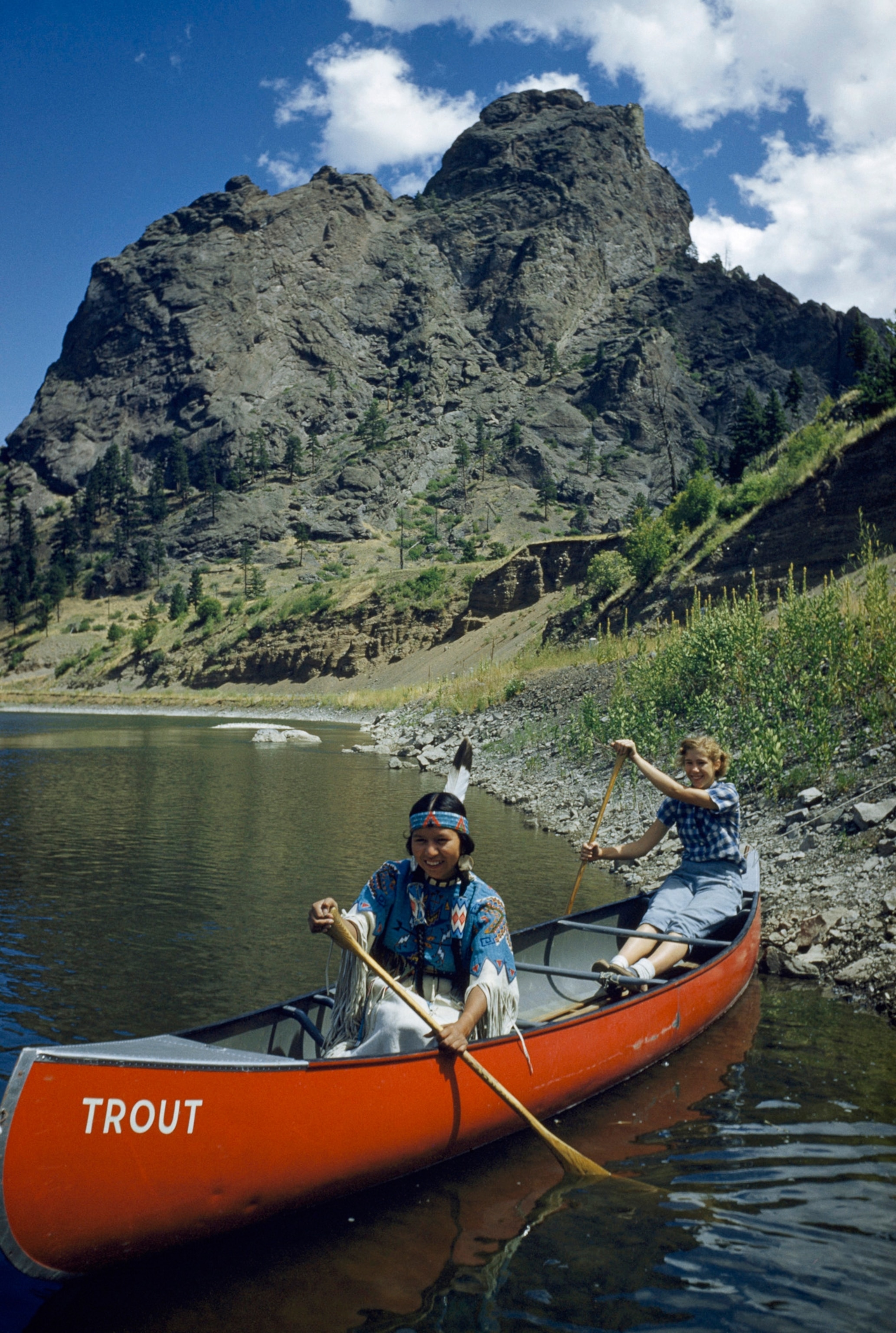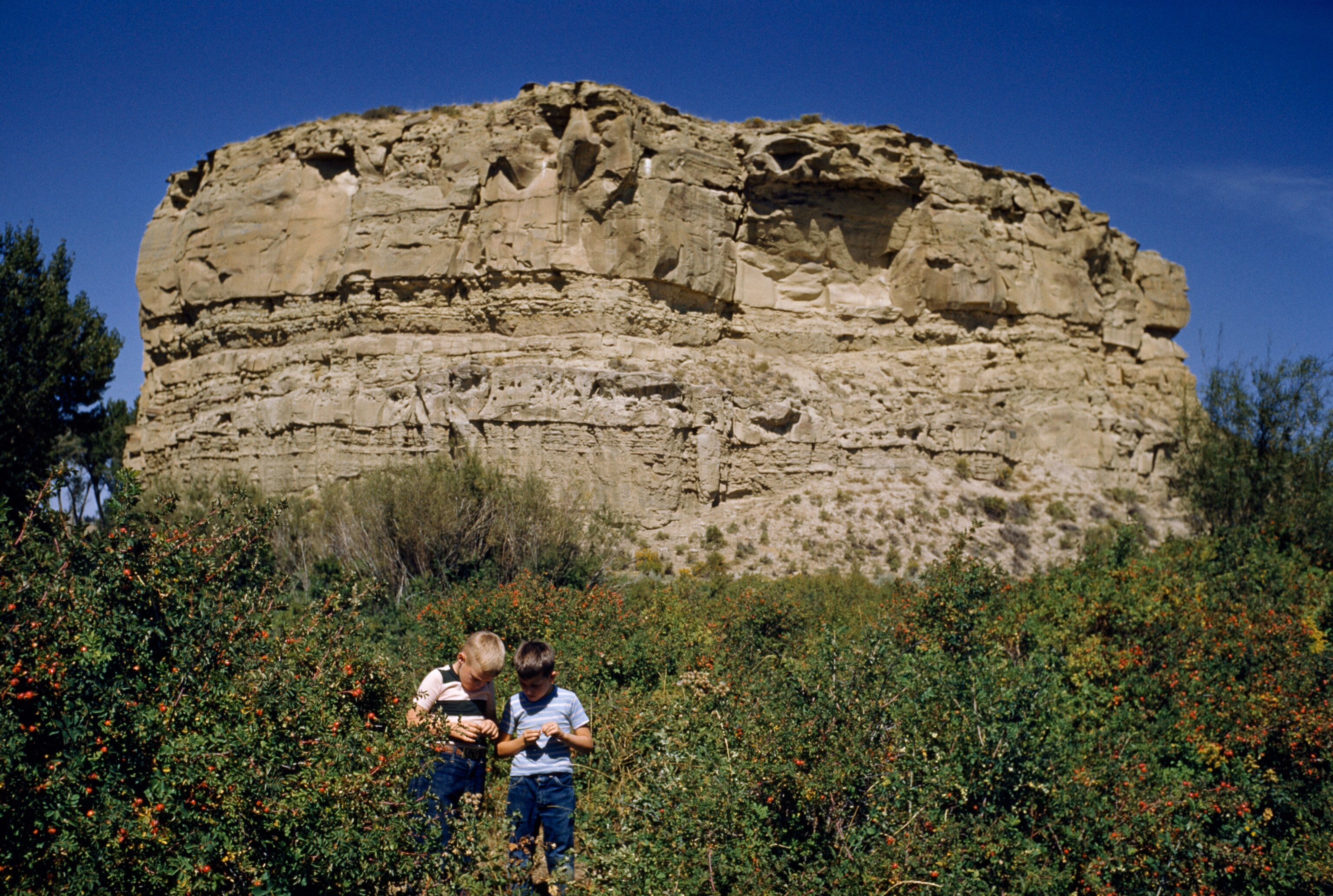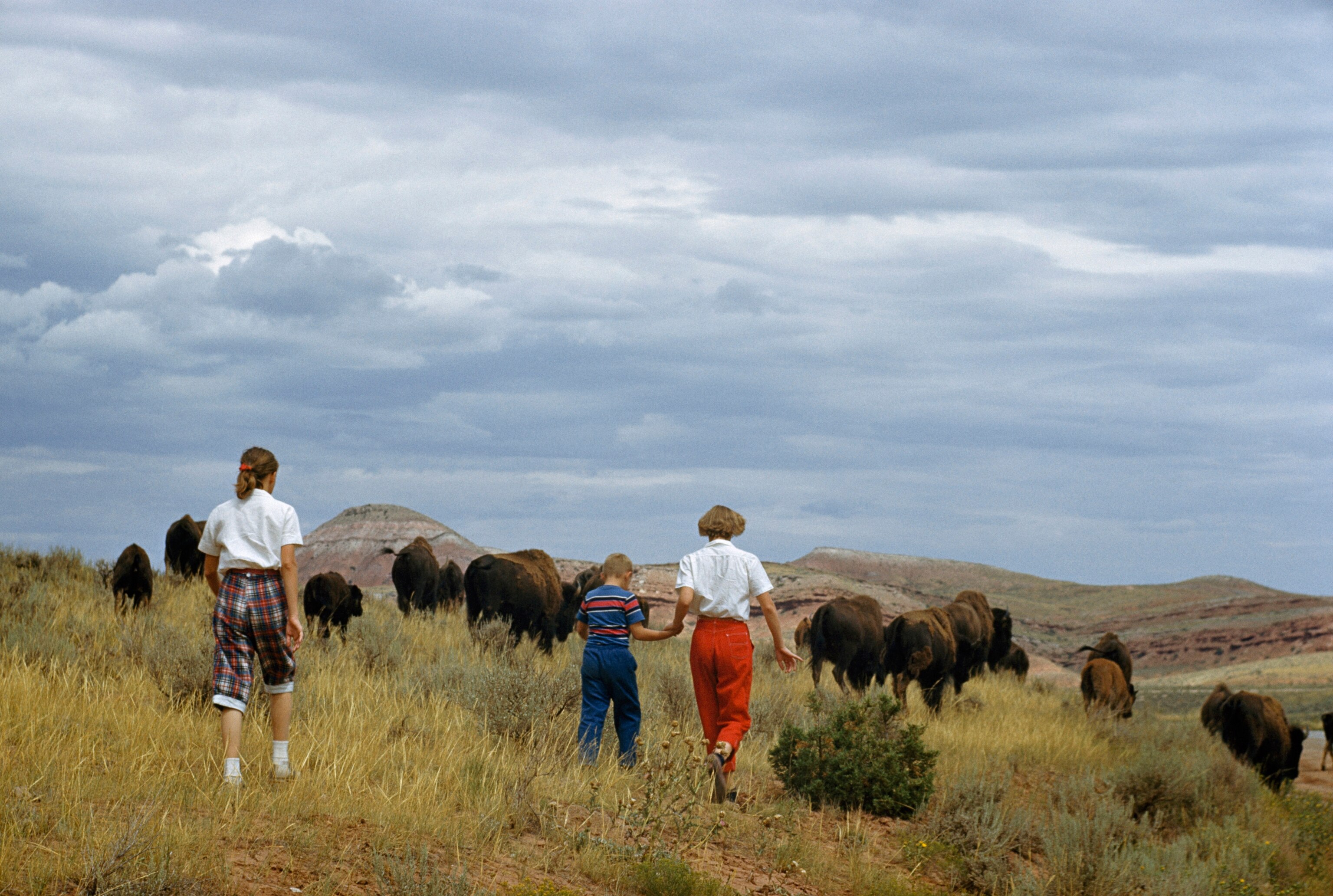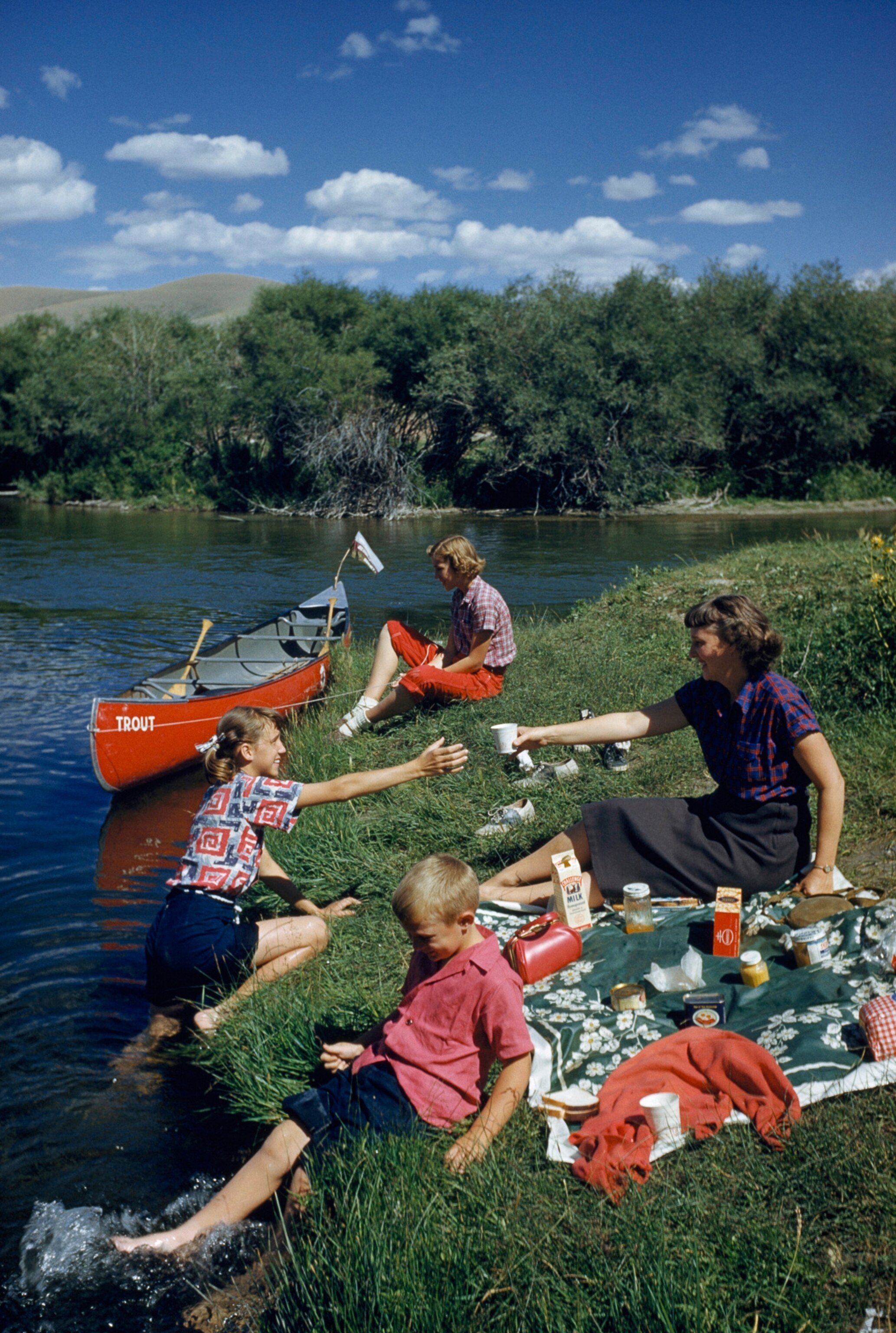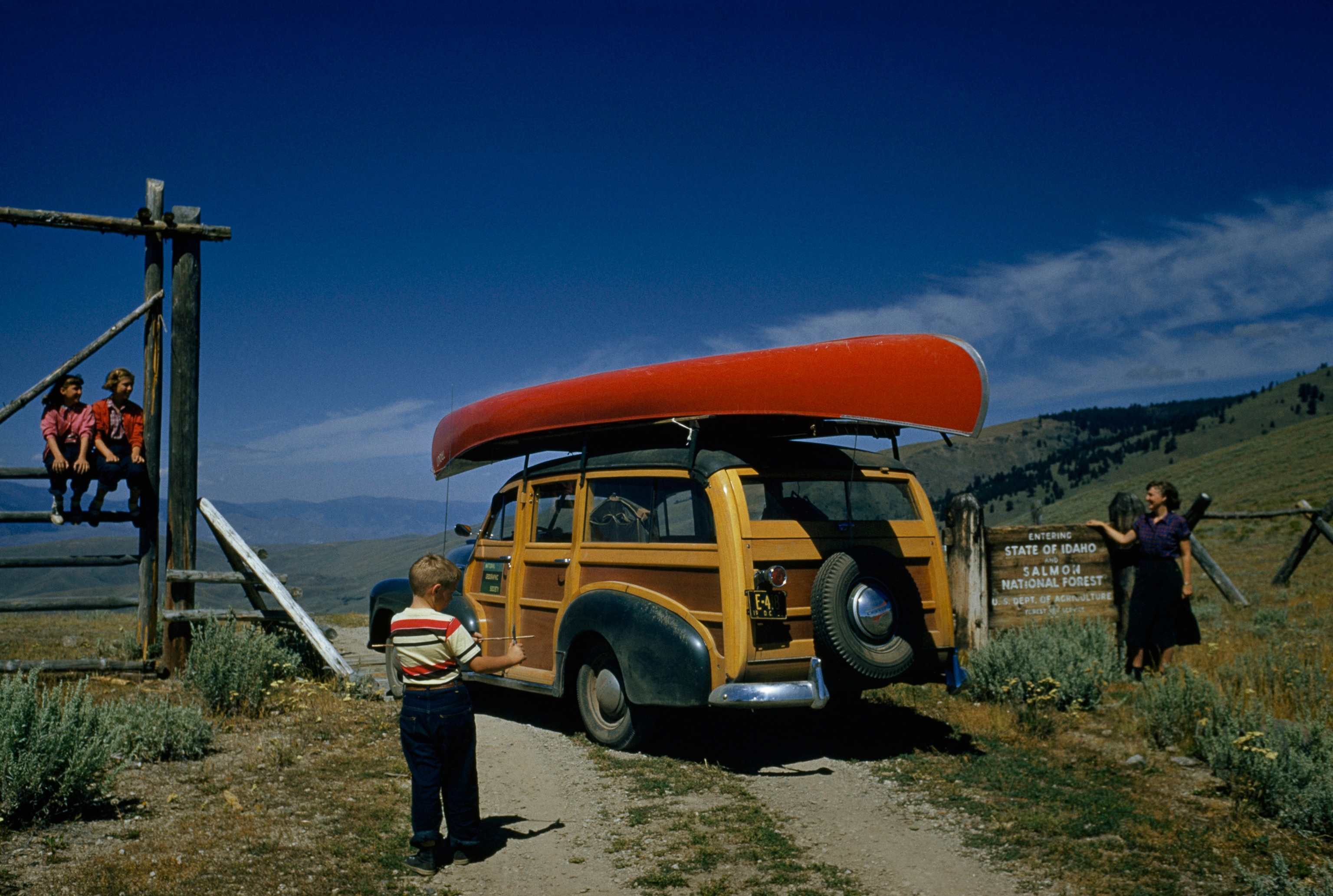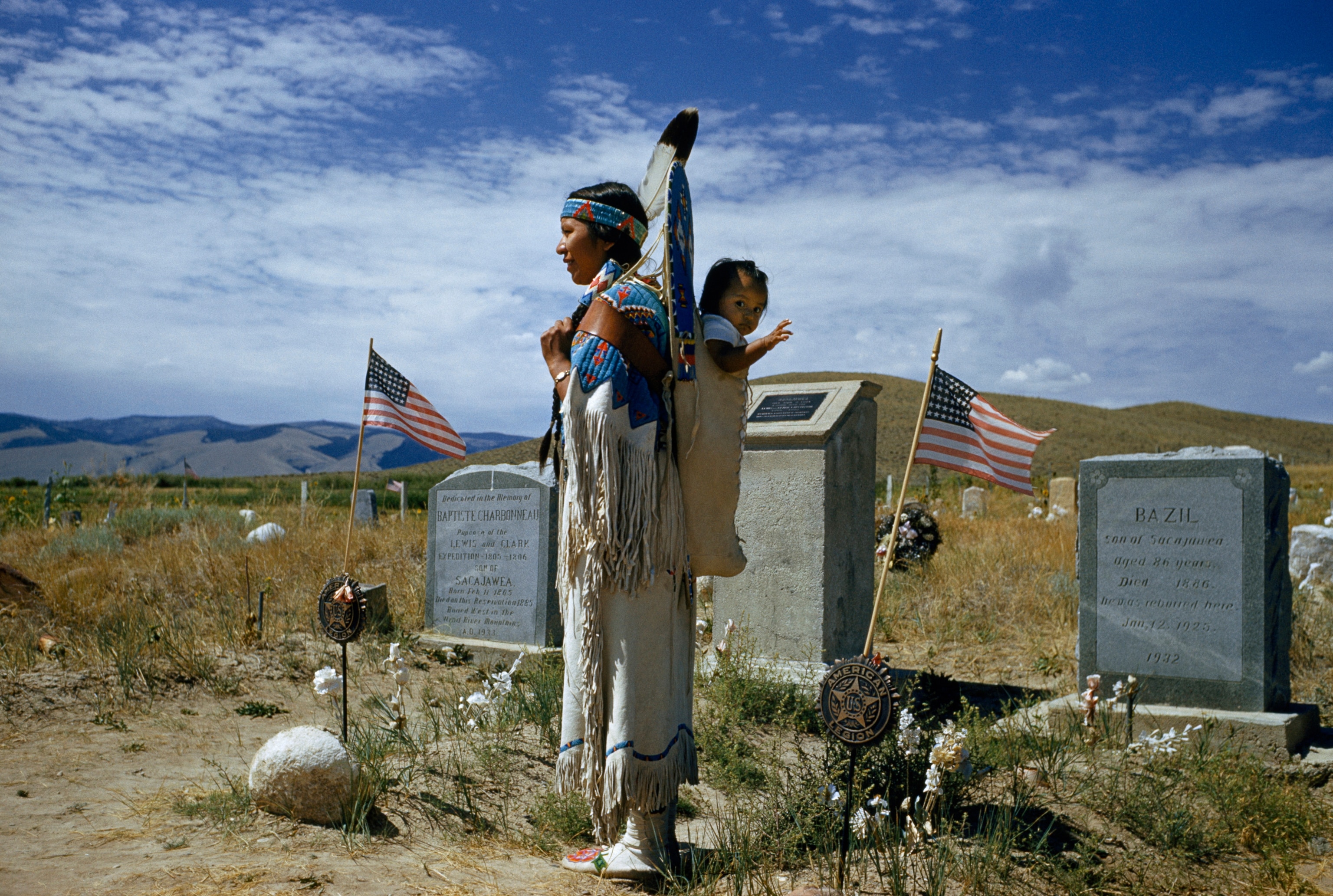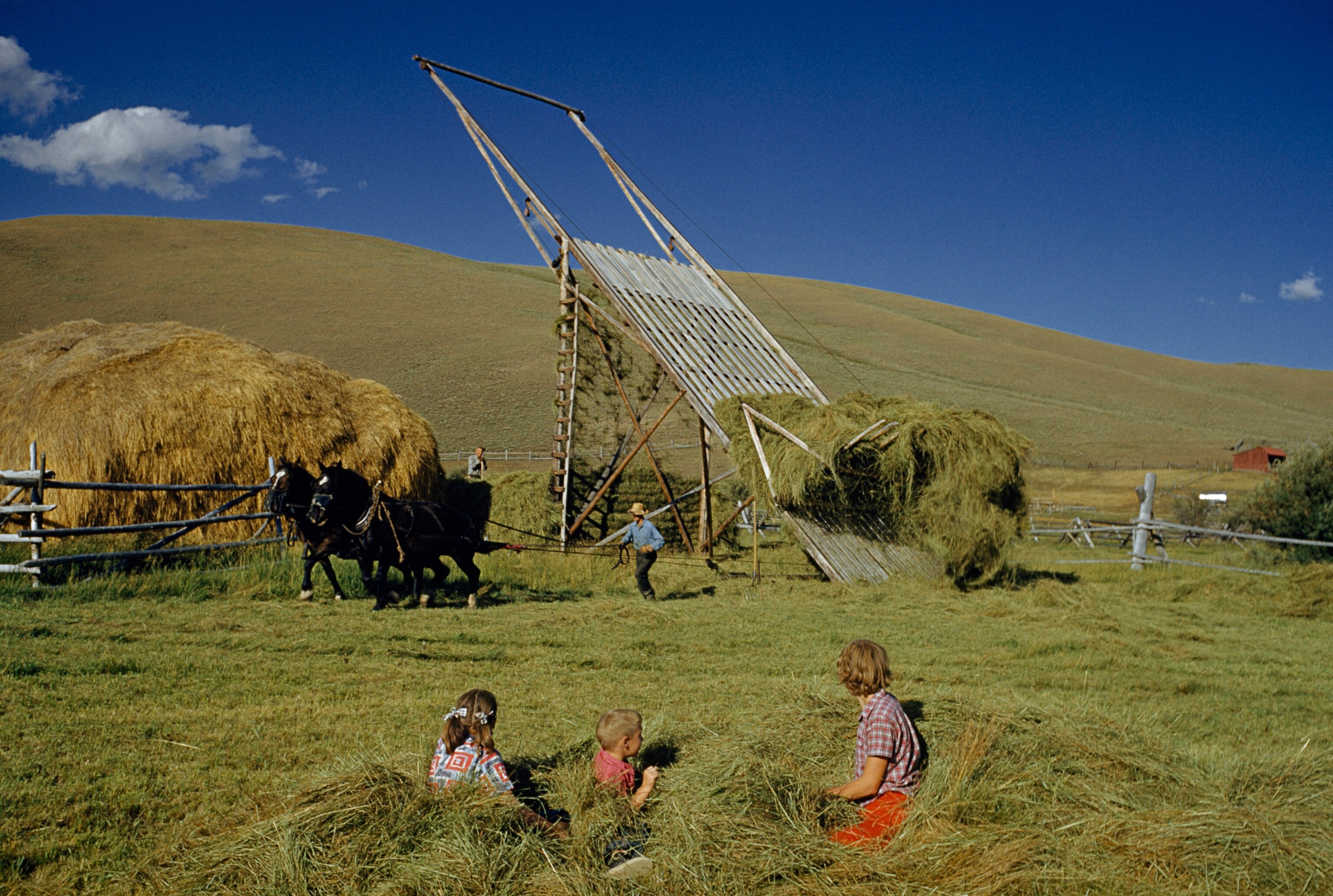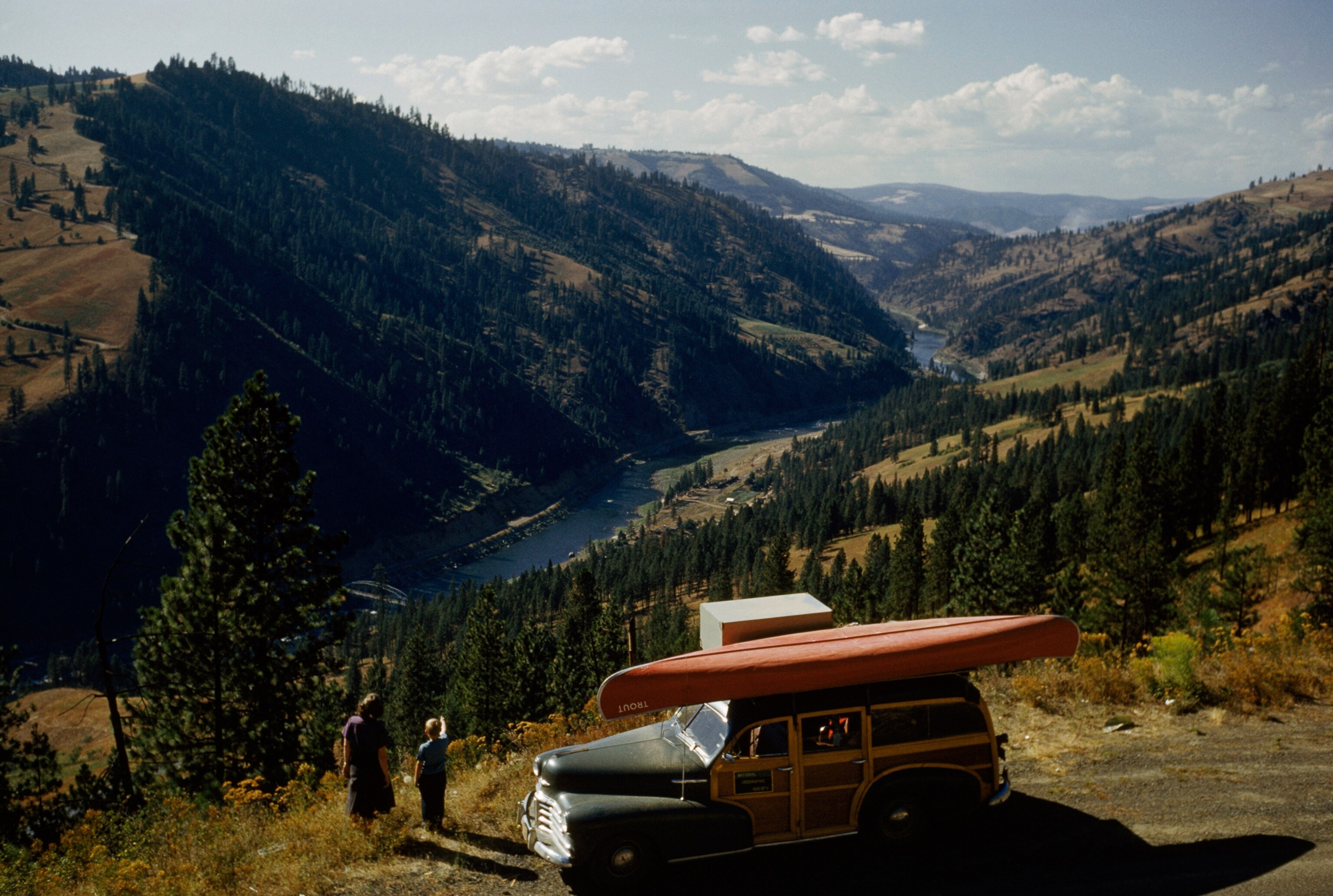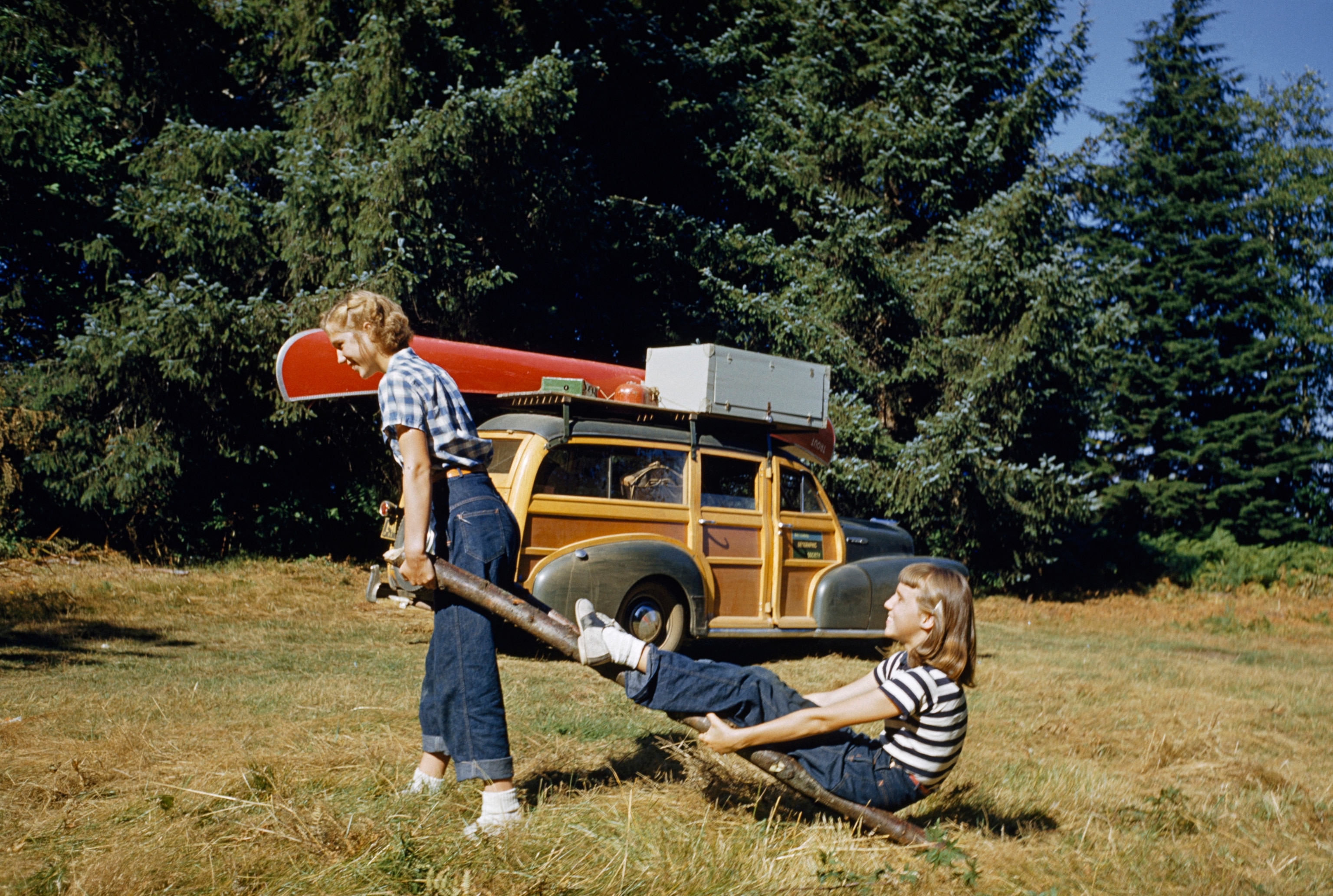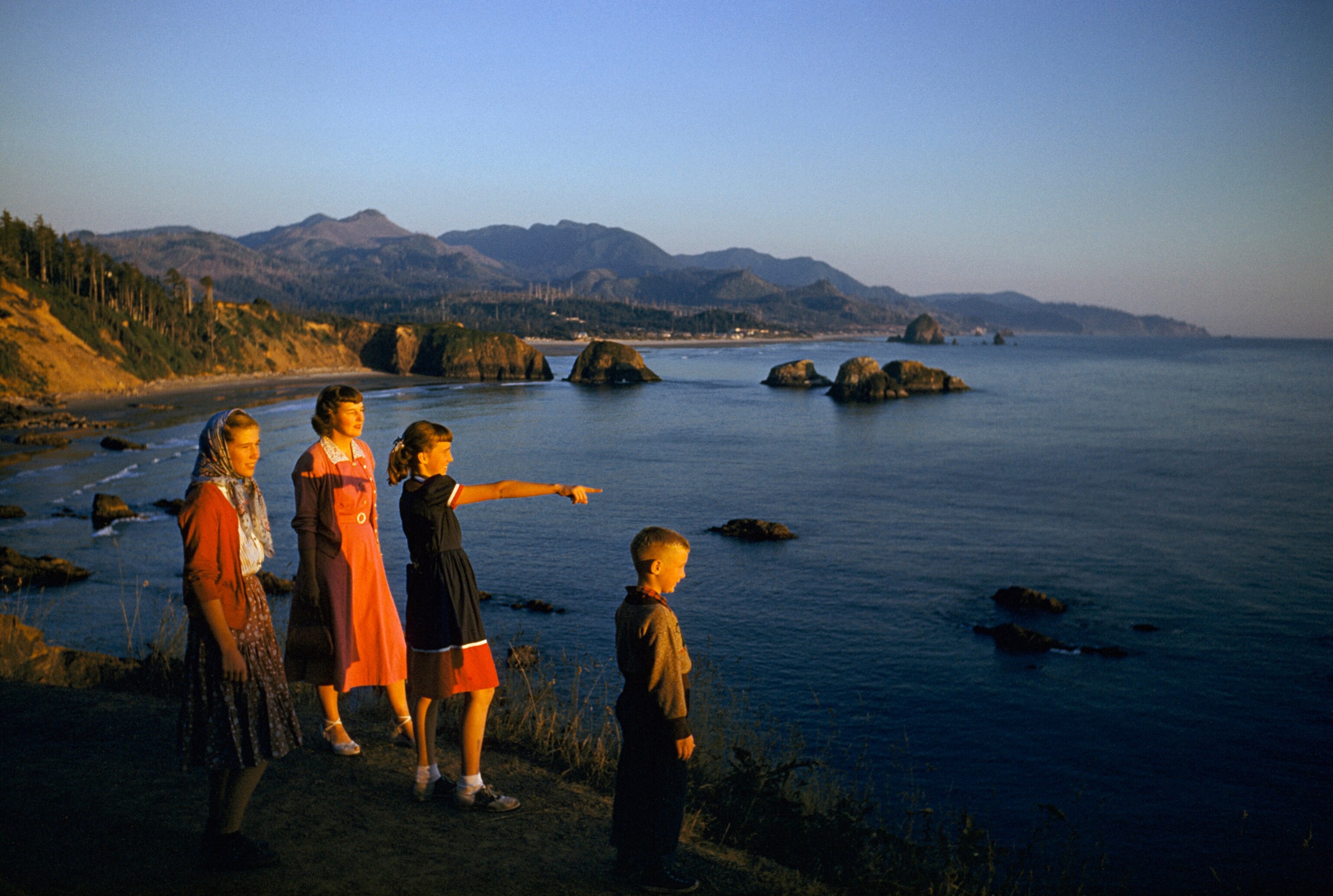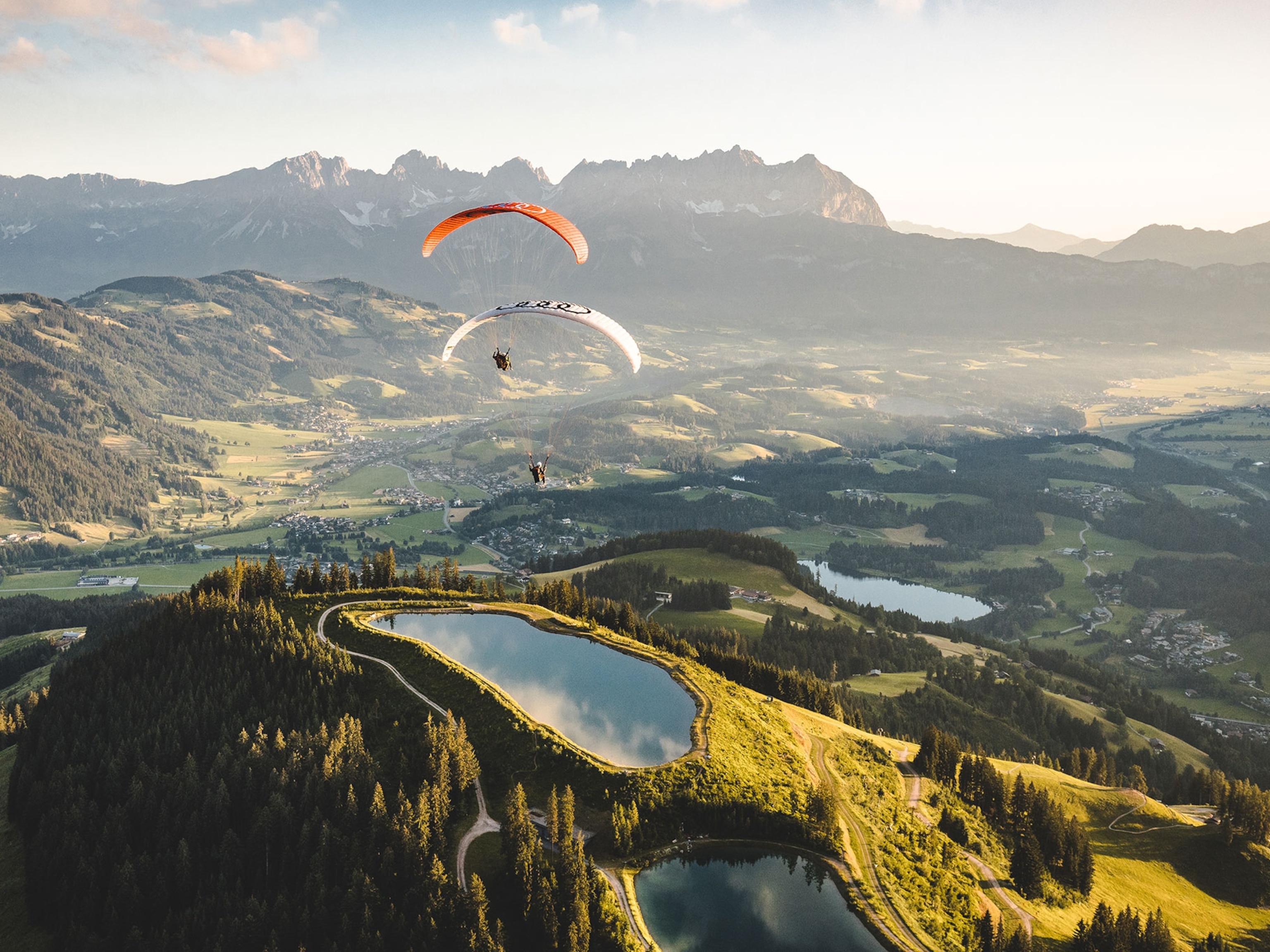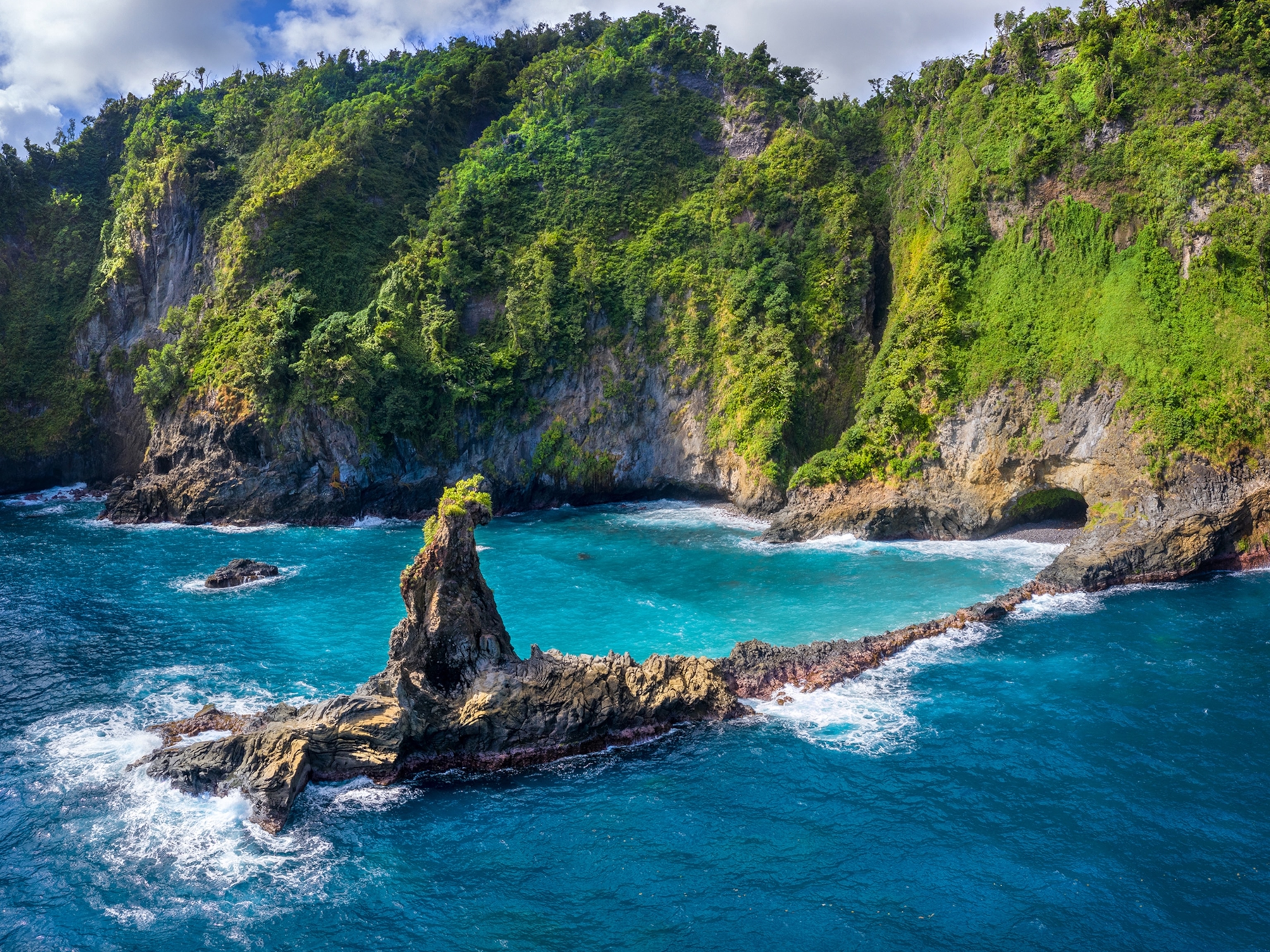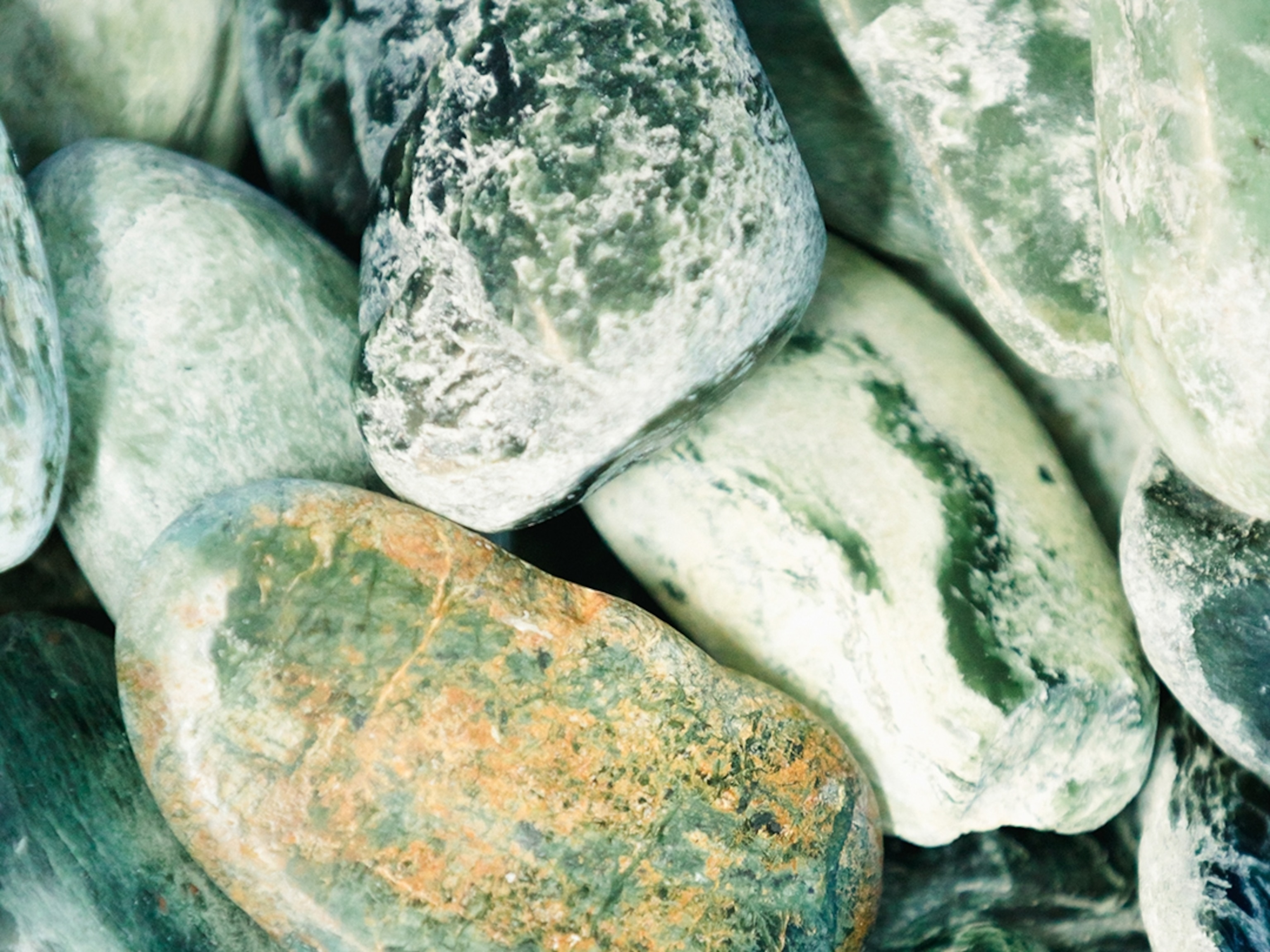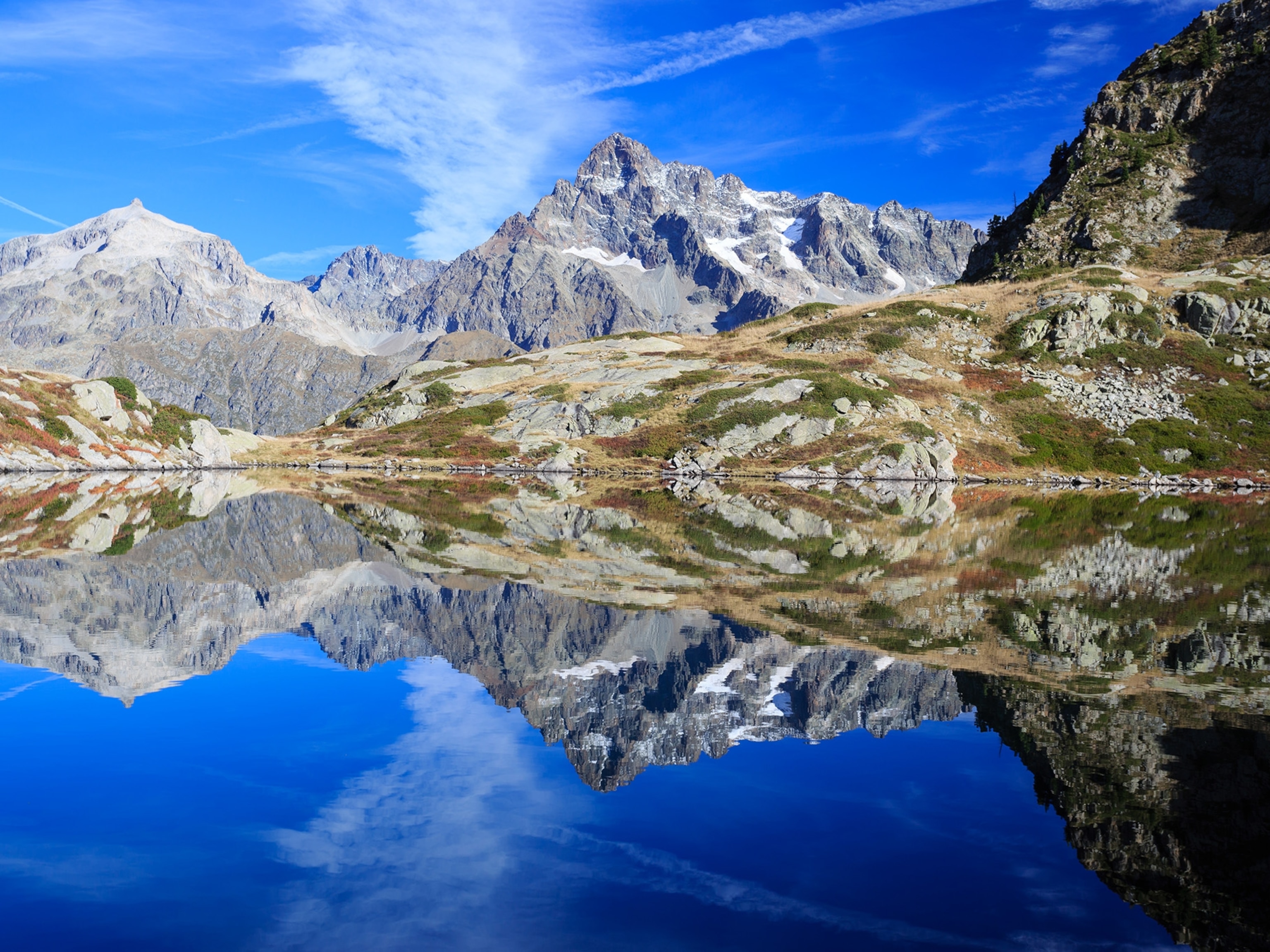Over the course of three months in the early 1950s National Geographic staffer Ralph Gray, his wife, and their three children logged 10,000 miles in their canoe-topped station wagon, following the trail of Lewis and Clark.Commissioned to explore the newly purchased Louisiana Territory, Meriwether Lewis and William Clark helped establish routes for communication across the country from May 1804 to September 1806. Along the way, they encountered previously undocumented western culture and nature, including American Indian tribal circles, prickly pear cacti, and antelopes, which they originally classified as goats. Captain Lewis celebrated his 30th birthday on August 18, 1805.
With this year marking the 210th anniversary of the Lewis and Clark expedition, National Geographic looks back at the trip as seen in the middle of the 20th century, when Gray's story and photos of the family journey were featured in the magazine. Selected photos and captions adapted from that June 1953 story appear here.In the picture above, the author's children drink at Lewis and Clark's high-water mark. On August 12, 1805, Meriwether Lewis reached this "most distant fountain of the waters of the Mighty Missouri in surch of which we have spent so many toilsome days and wristless nights. Judge ... the pleasure I felt in all[a]ying my thirst with this pure and ice-cold water," wrote Lewis—scientist, diplomat, and explorer, but not a good speller—in his journal.
The Gray family, camping beside the spring, found it still pure and ice-cold.
—Photo edited by Kim Hubbard
